Workshops
Under the guidance of Christina Z. Anderson, explore the world of chrysotype printing in this hands-on workshop. Learn the technical aspects of this alternative photographic process, uncovering its unique qualities to craft distinctive and captivating prints.
Dates:
Aug 19, 2024 - Aug 23, 2024
Levels:
Intermediate,
Advanced,
Workshop Fee: $1995 (Includes lab supplies)
Workshop Duration: 1-week (Monday-Friday)
Workshop Location: On-campus
Class Size: 8
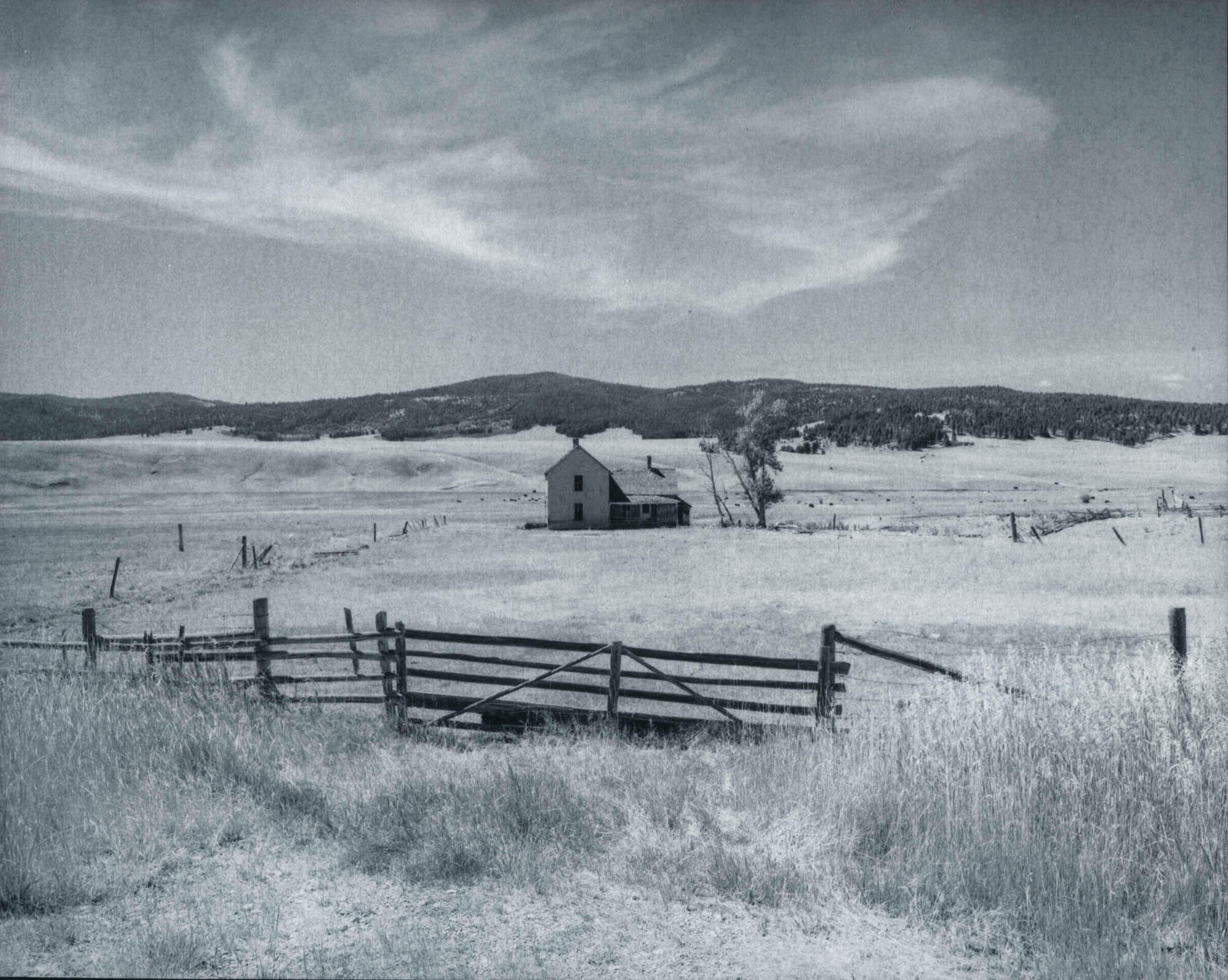
The chrysotype (from Greek chryso/gold and typos/strike or print) is a photographic print made from the actual “noble” metal gold, resulting in colors ranging from pink, violet, magenta, and purple, to green, blue, gray, and black. Though Sir John Herschel invented the process in 1842, his way of practicing it was unstable, difficult, and expensive, and it never became part of the photographic canon in the 1800s. Platinum/palladium, arriving on the scene around 1873, got a 100-year leg up on the chrysotype to become the noble metal photographic process we all know and love today.
A century and a half after Herschel, Dr. Mike Ware from England invented a user-friendly chrysotype method and that is what you will learn in this workshop. The process is fairly simple, slightly less expensive than platinum/ palladium, a bit more forgiving in practice, and just plain fun! Come join us and become one of the growing number of photographers who practice this process worldwide. Bring your favorite digital images – even those from a cell phone will work – and be prepared to make intriguing, colorful prints.
- No prior knowledge of the chrysotype process is required.
- No prior knowledge of alternative processes is required though always helpful.
- No prior knowledge of digital negatives is required though always helpful.
- Participants should come with beginning knowledge of Photoshop (editing and sizing an image, saving it as a TIFF to a USB flash drive); no need to edit images beforehand—we will talk about image editing in the workshop.
- Expect to go home with ten to twenty finished 5×7 – 8×10 prints, but please note this workshop is for learning and experimentation, not for making prints for exhibition.
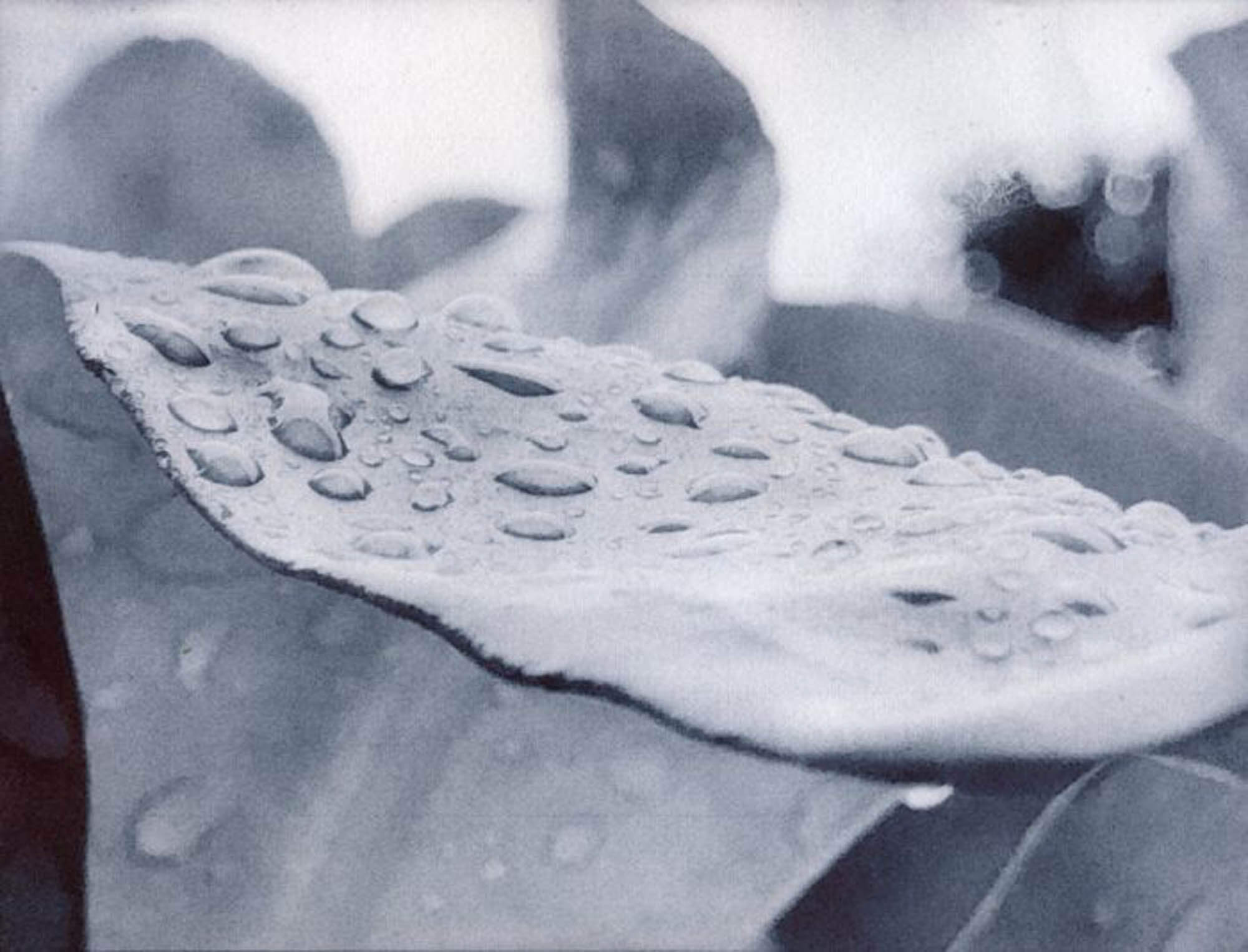
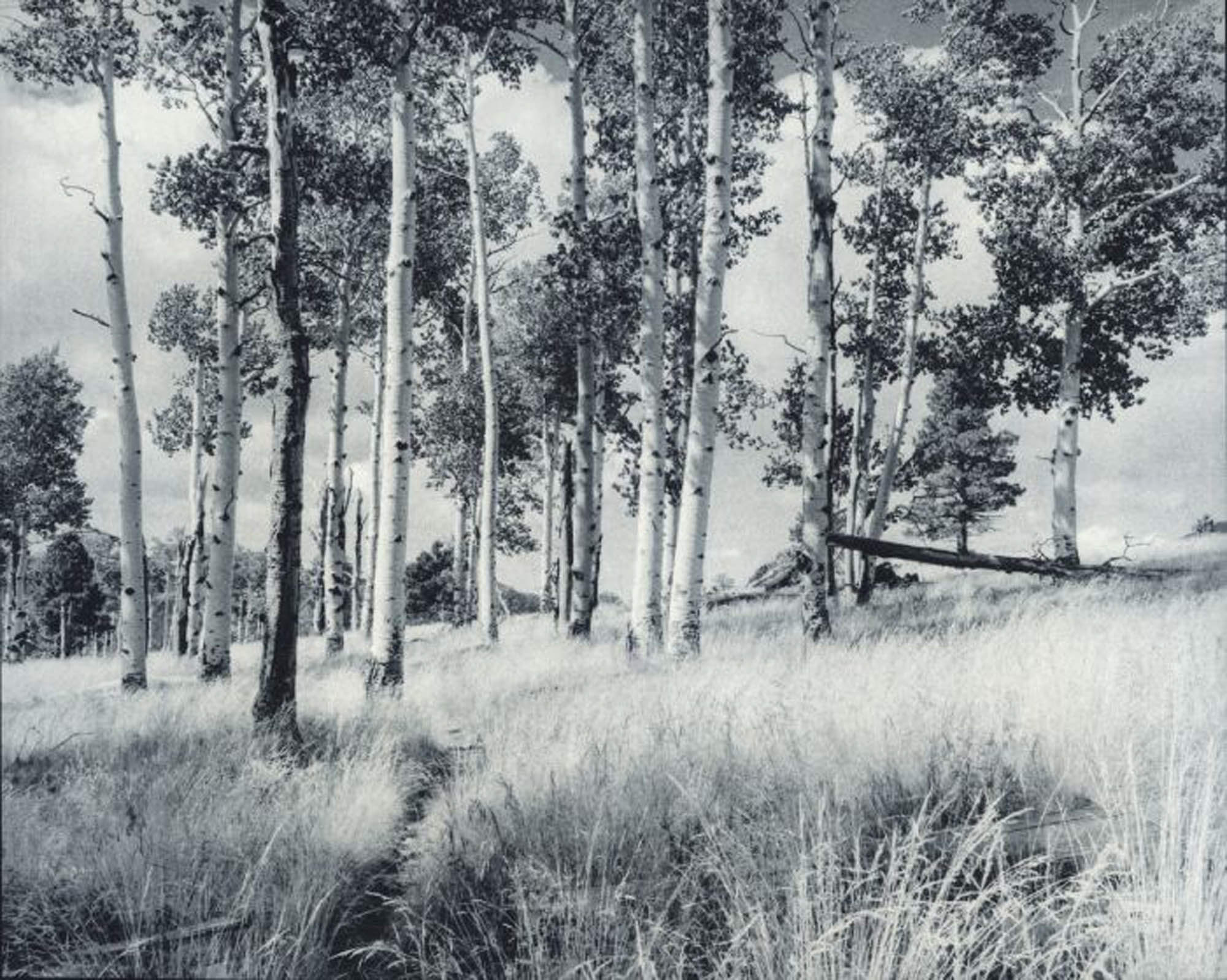
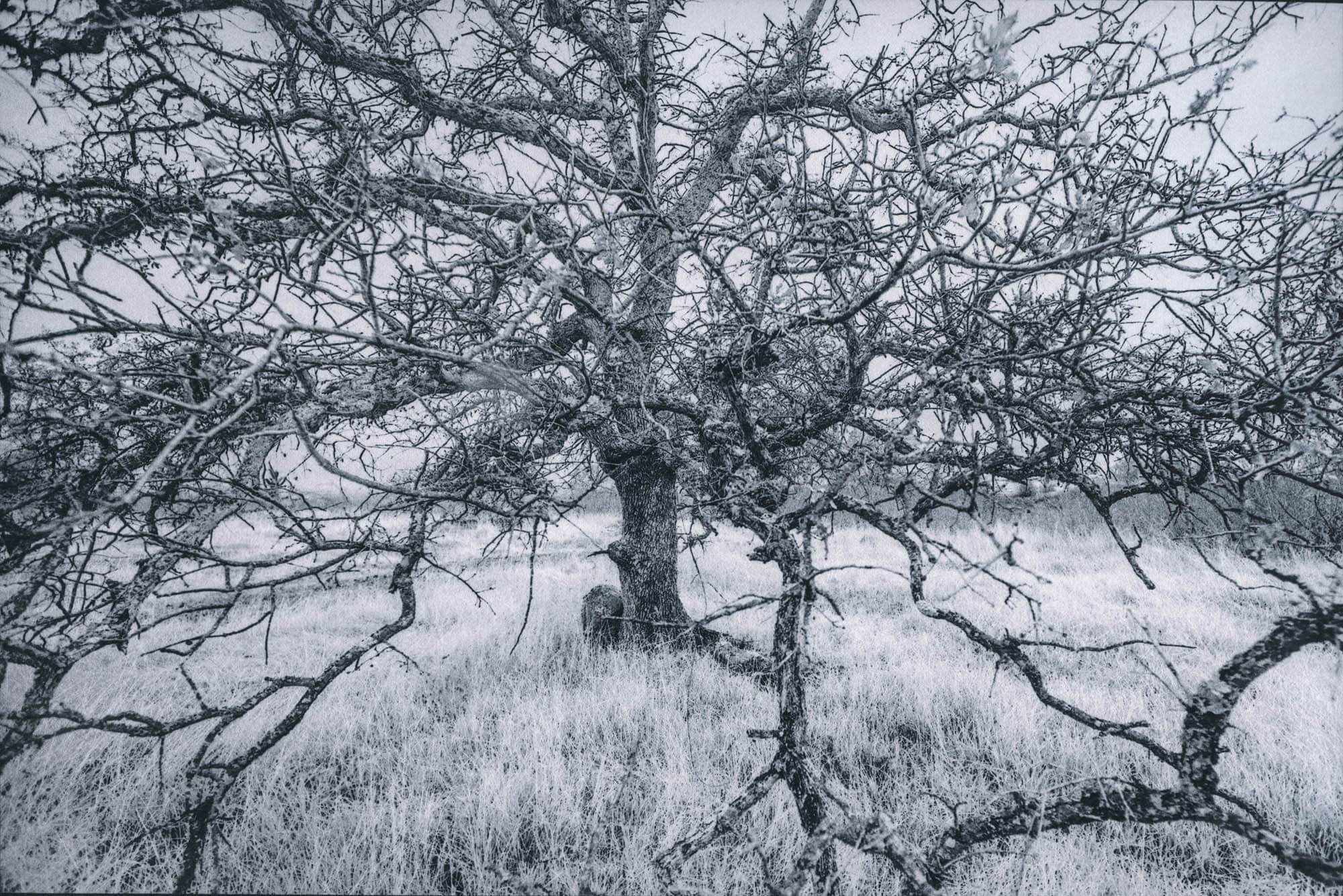
In this class you will learn:
- Equipment and materials to set up your home workspace
- How to create a simple digital negative for the process with a Photoshop curve (if QuadToneRIP-savvy, I will provide quad files for you to put on your laptop, if desired)
- Suitable paper selection
- Step-by-step directions for mixing and storing chrysotype chemistry
- Coating, exposing, and processing the print
- Changing color with pre/post-exposure humidity
- Troubleshooting the chrysotype
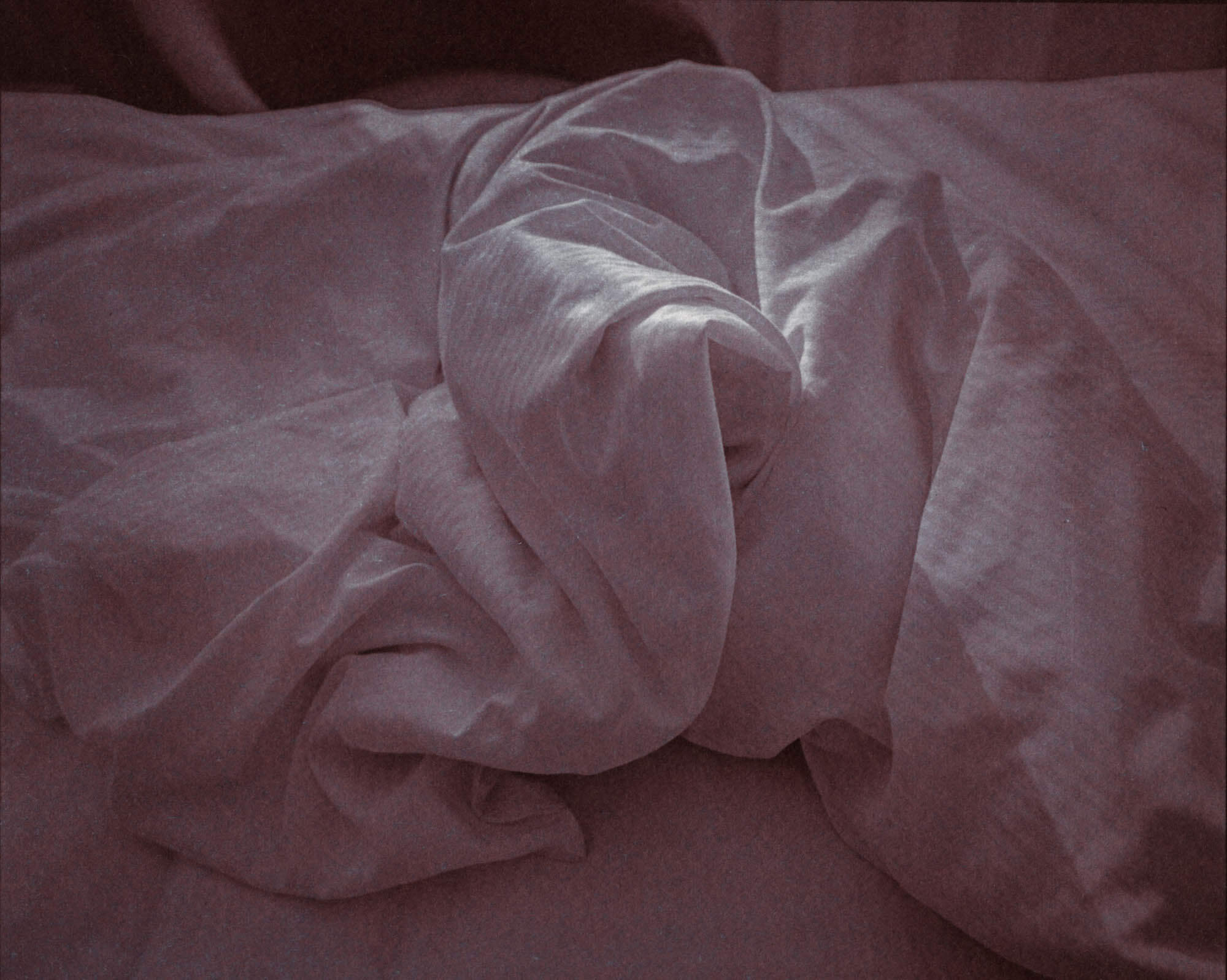
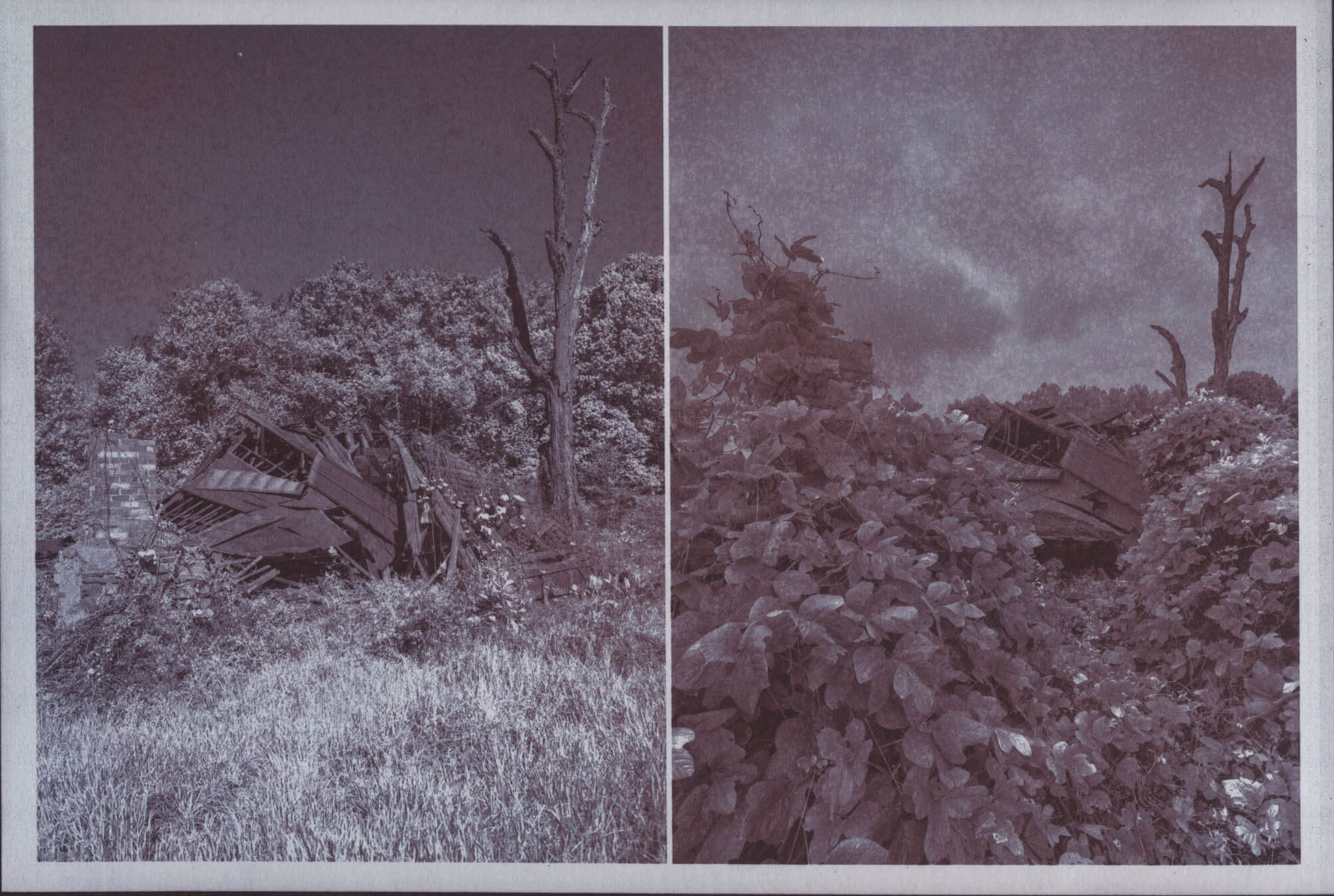
Course Schedule
Every workshop is dependent on the number and expertise of students involved. We will be mixing chemistry, discussing the process on the first day, and preparing images for negatives. After that we will be printing each day as we see fit, learning the process’ nuances as we go along, with a dose of troubleshooting every day.
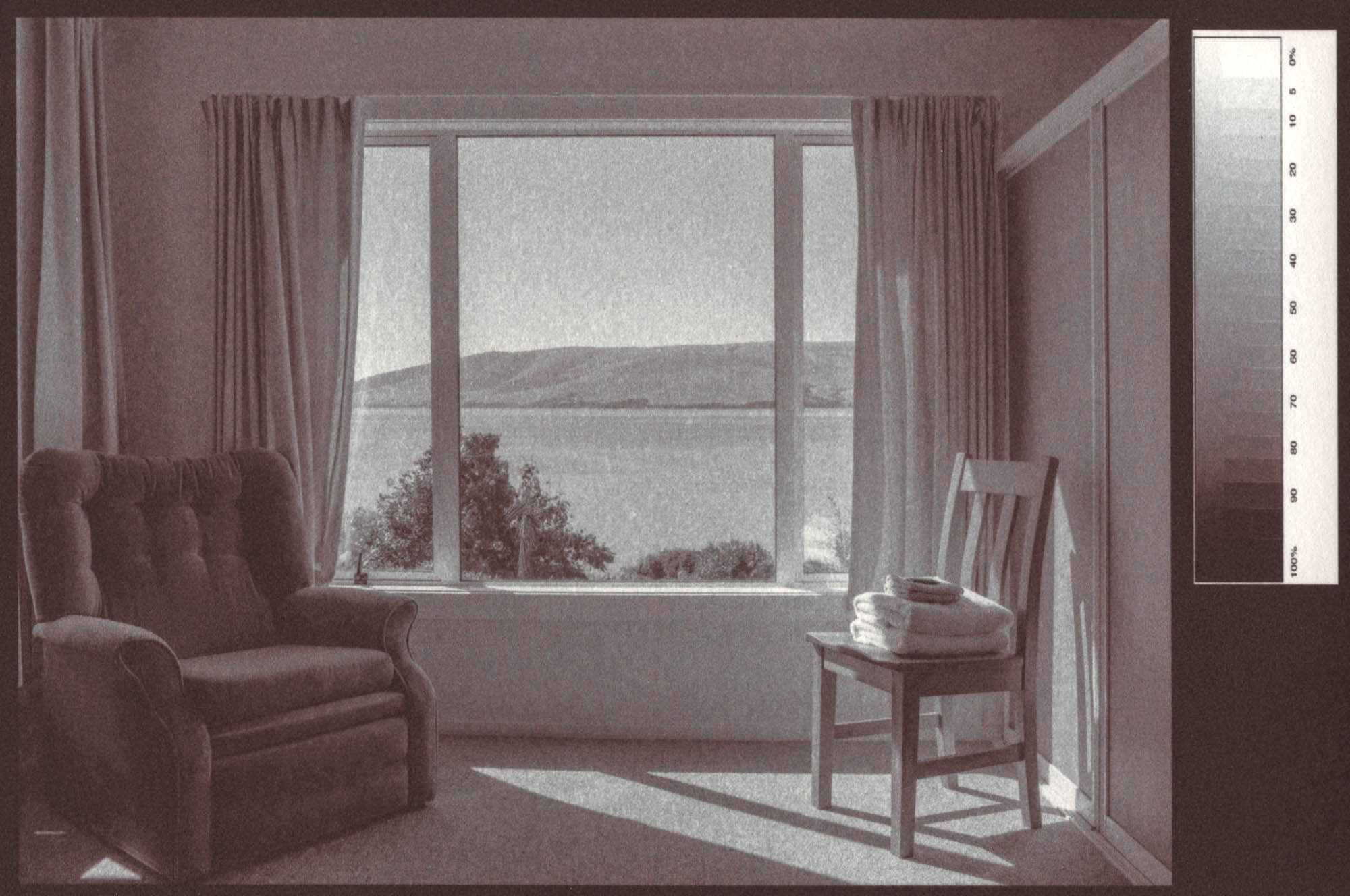
A projected timeline might look like this:
Monday:
- Setting up the darkroom and mixing chemistry.
- Preparing images for negatives.
- Coating paper.
Tuesday
- Printing images.
- Pre and post-humidifying effects.
Wednesday:
- Troubleshooting.
- Different developer effects.
Thursday:
- Printing.
Friday:
- Final prints completed and presentation discussed.
- Lab cleanup.
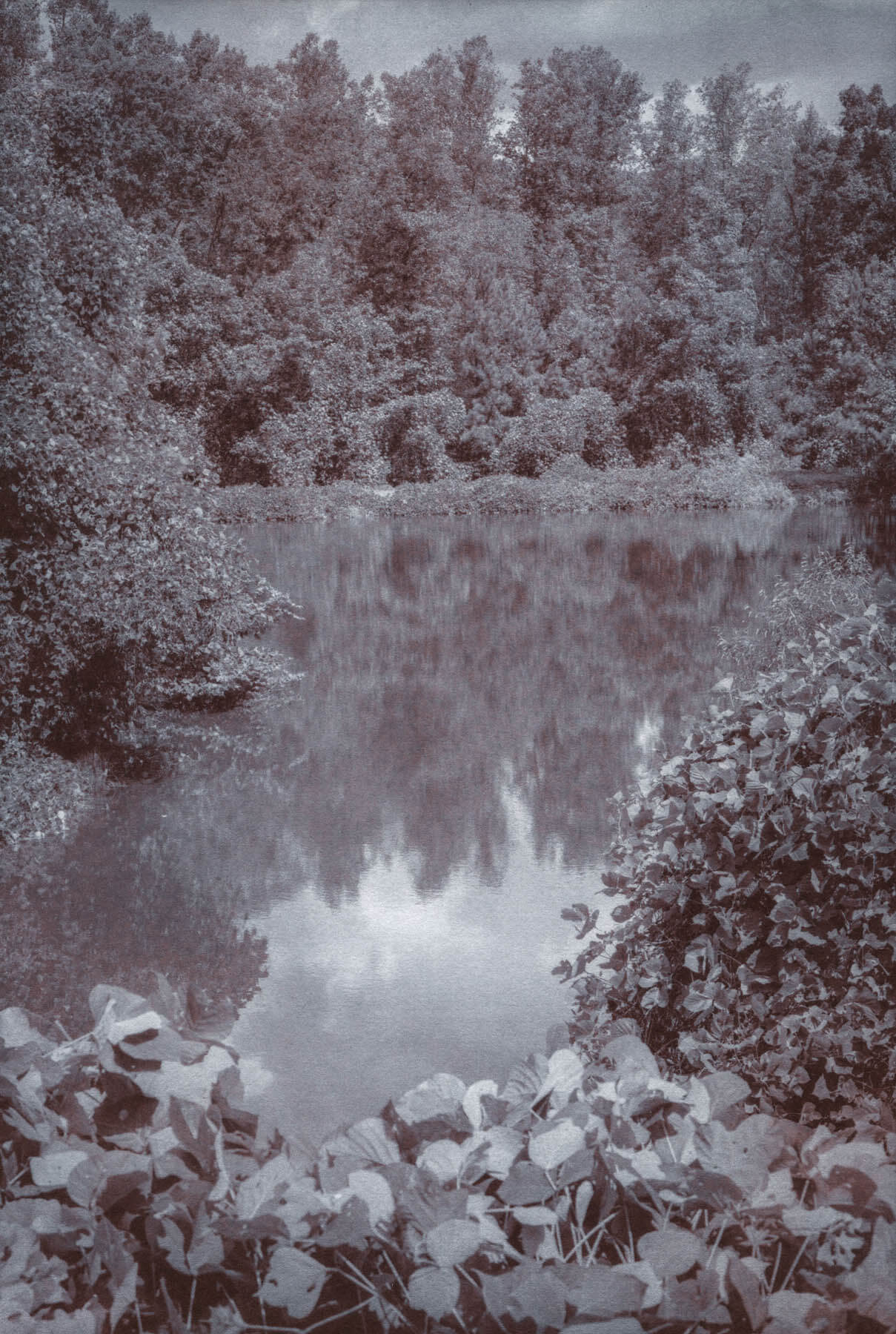
Supplies (Required & Optional)
- Supplies will be bulk-purchased ahead of time to save money and time, provided during the class, and are included in the course fee.
- Bring your own laptop, along with lots of images to choose from
- Bring an inexpensive USB flash drive
- Make sure your cell phone has a stopwatch on it, or bring a timer
- Bring a hand towel or two (an apron also if you feel you need one)
- 10–20 8.5×11 plastic notebook sleeves to store and protect negatives to take home with you is really helpful.
Optional
- If desired, I will have available for purchase (~$50) my favorite Japanese 2˝ synthetic stitched brushes; I have to order these from Japan a month ahead so please let me know via email before the workshop and I will distribute them at the workshop.
- To read about the process before and after the workshop, purchase McPhee, Leanne. Chrysotype: A Contemporary Guide to Photographic Printing in Gold. New York: Routledge, 2021; it is filled with wonderful artist examples who use the process regularly.
Share This
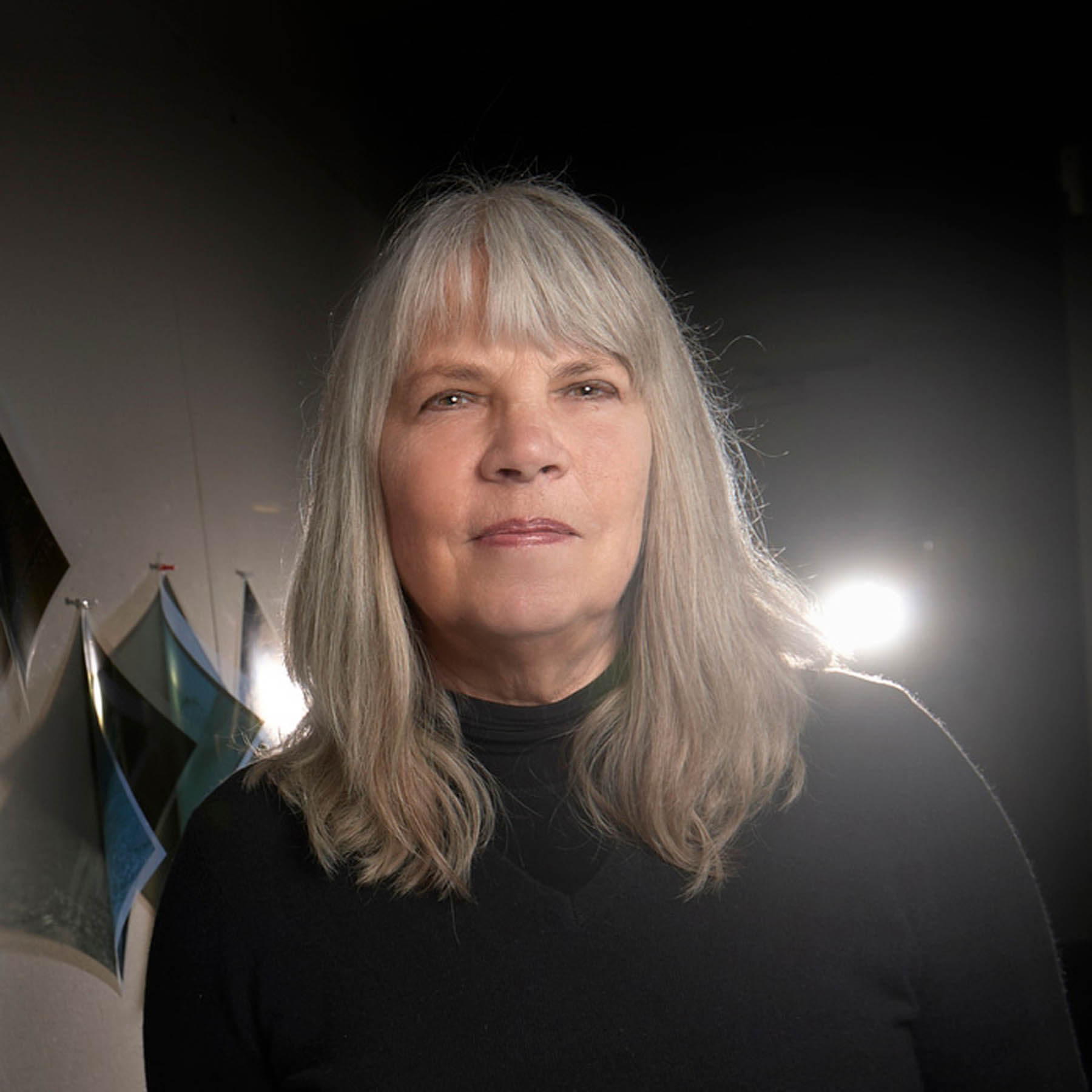
Instructor: Christina Z. Anderson
Christina Z. Anderson’s work focuses on the contemporary vanitas printed in a variety of alternative photographic processes, such as gum and casein bichromate, cyanotype, salted paper, chrysotype, palladium, chemigrams, chromo, mordançage, lumen prints, and combinations thereof.
Anderson’s work has shown nationally and internationally in over 120 shows and 60 publications. She has six books in print which have sold in over 40 countries: from newest to oldest, The Experimental Darkroom, Digital Negatives with QuadToneRIP, (co-authored with Ron Reeder), Cyanotype, Salted Paper Printing, Gum Printing, and Gum Printing and Other Amazing Contact Printing Processes.
Anderson is Editor for Focal Press/Routledge’s Contemporary Practices in Alternative Process Photography series and Professor of Photography at Montana State University.

